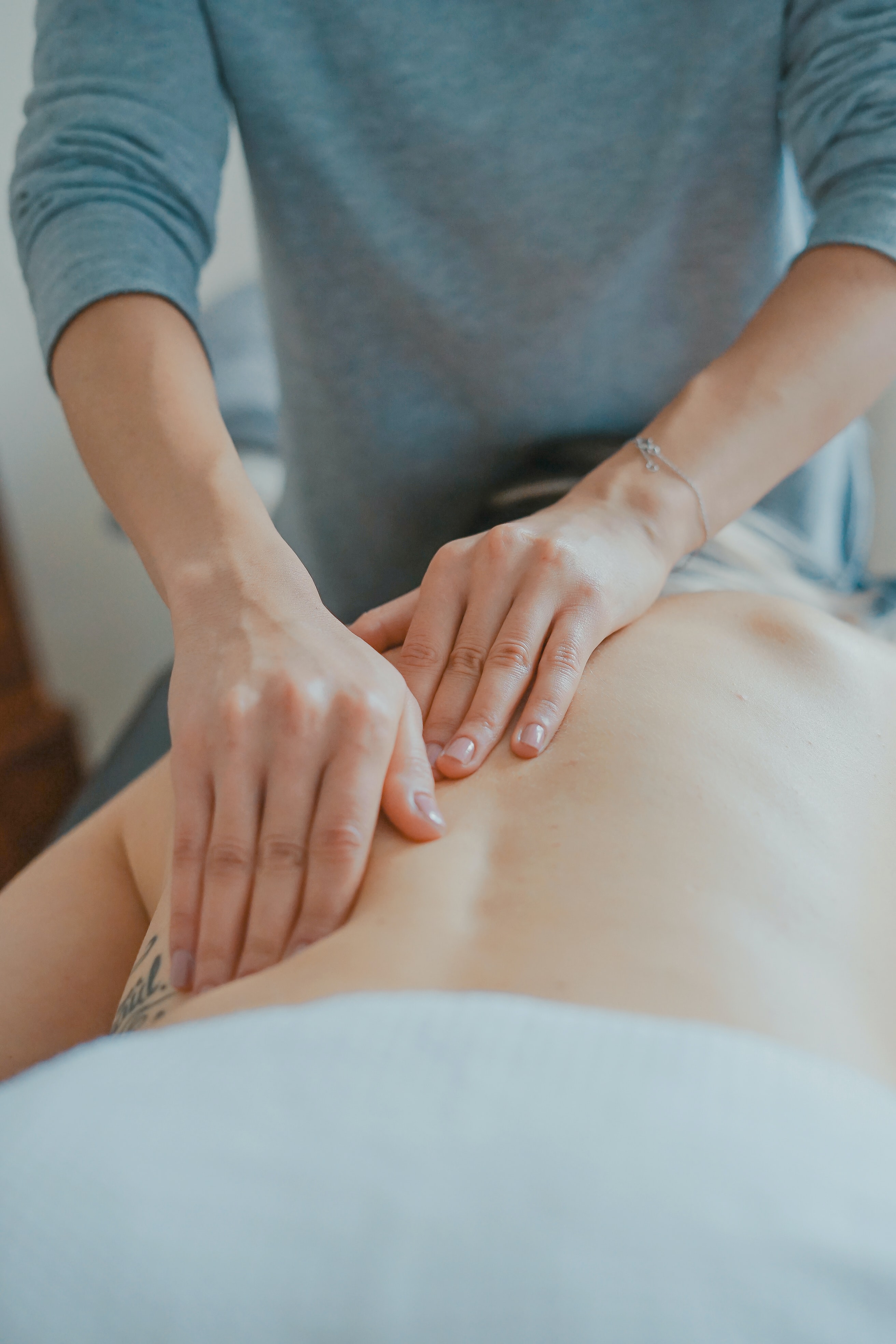Juan's RLAC Notes
Literature review is a pain for everyone. At least, that is what I would like to think when I have to make myself aware of all there is to know about a very specific area of knowledge I, as the result of a combination of chance and bad planning, find myself in the unenviable task of writing an essay on. It is, in general, a very stressful task. Having this in mind, Sarah and I used AntCorGen to build a corpus of 111 articles from the PLOS ONE database and review literature on the exact opposite feeling: studies about relaxation psychology. With this corpus in hand, we then experimented with word frequency analysis to extract as much information as possible from this field without actually having to read any of the articles.

A person who is not doing a literature review. Photo by Toa Heftiba on Unsplash
The first thing to do when analysing a new corpus is to take a look at the aggregated word counts. After filtering through commonly used words using this stoplist, and ignoring other common words in scientific papers, we find some interesting occurrences among the top words:
6. music
10. relaxation
24. emotions
28. pain
29. stress
30. anxiety
38. intervention
77. meditation
133. questionnaire
202. asmr
1532
1454
1163
1117
1107
1152
1006
676
452
336
A selection of interesting words from the top frequencies of the corpus.
We can infer the most popular lines of research in relaxation studies from this list: we can hypothesise that most studies on relaxation will either deal with the use of music (#6), or interventions (#38) for the relief of pain, stress, and anxiety (#28-29-30), or the use of techniques like meditation (#77) and ASMR (#202) to reduce stress levels. As for the methods used, questionnaires (#133) are highlighted as a common research practice.
In order to see if these high-frequency words are really a trend in relaxation studies or only heavily used in one article, we use AntConc’s concordance plot function. In this specific case, we aren’t really looking for high density areas in the corpus for these words, but rather for the percentage of papers in which they are mentioned.
"music" 26%
"pain" is mentioned in 38% of the articles
"asmr" < 1%
With this knowledge, we can be a bit more precise about our hypothesis: we can see that as ASMR is only present in one of the articles, it does not represent a popular field of study within relaxation psychology. We can also see that “music”, although the sixth most frequently used word in the corpus, only appears in 26% of the articles, possibly meaning that it is not a technique central to all studies about relaxation, but is the centre of discussion in a branch of the corpus. The same could be said about “pain”: although its appearances in the corpus are better-distributed than those of “music”.
"stress" 69%
"anxiety" 68%
intervention 47%
questionnaire 66%
“stress”, “anxiety”, and “intervention”, being well-distributed but less frequent words, could be thought of as topics that are common throughout the study of relaxation psychology but don’t constitute lines of inquiry on their own. The same could be said about “questionnaire”: we can infer from its presence in 66% of the articles that it is one of the preferred methods to gather data in this discipline.
Now that we know that “pain” and “music” are major lines of inquiry in this field, we can know more about the kind of research that is being done within these areas by analysing the clusters in which these words are present.
21. music style
25. music genre
27. music as a sleep aid
Interesting top clusters where "music" is the leftmost word
8. tempo music
14. classical music
19. fast-tempo music
24. arousing music
37. slow-tempo music
Interesting top clusters where "music" is the rightmost word
From the top clusters containing “music” in the corpus we can infer that there are a set of variables that are controlled during the study of relaxing music: there seems to be research on whether tempo (“fast-tempo” or “slow-tempo”), style (“genre”, “classical”), or other subjective characteristics (“arousing”) have an impact on the effectiveness of music for relaxation. According to our cluster list, one of the benchmarks used to measure relaxation appears to be its use as a sleep aid (#27).
4. back pain
7. labor pain
8. neck pain
Interesting top clusters where "pain" is the leftmost word
1. pain intensity
3. pain tolerance
5. pain score*
Interesting top clusters where "pain" is the rightmost word
Meanwhile, we can see that pain in the studies is usually classified by body part (“back”, “neck”), cause (“labor”), and there seems to be a branch of studies dedicated to measuring and quantifying pain (“intensity”, “tolerance”, “score”), which we can suppose are part of relaxation psychology in order to provide a method of measuring the effectiveness of relaxation techniques.
Concluding thoughts
By looking at different perspectives on word counts and collocates, we were able to infer what the main lines of inquiry in relaxation psychology are, the variables these studies take into account, and some of the methods they use to achieve their results. This kind of surface reading served as a kind of overview of the knowledge currently available on this area, and similar methods could be applied (of course, with more rigour) to do broad literature reviews for specific fields. However, this has its limitations: for example, scientific databases are often paywalled and often open-source ones might not have a representative sample of the breadth of a field, making it more difficult to confidently infer conclusions than with say, a limited corpus of an author’s works or online content such as fanfiction or social media posts.
ready for grading - september 30th, 2021